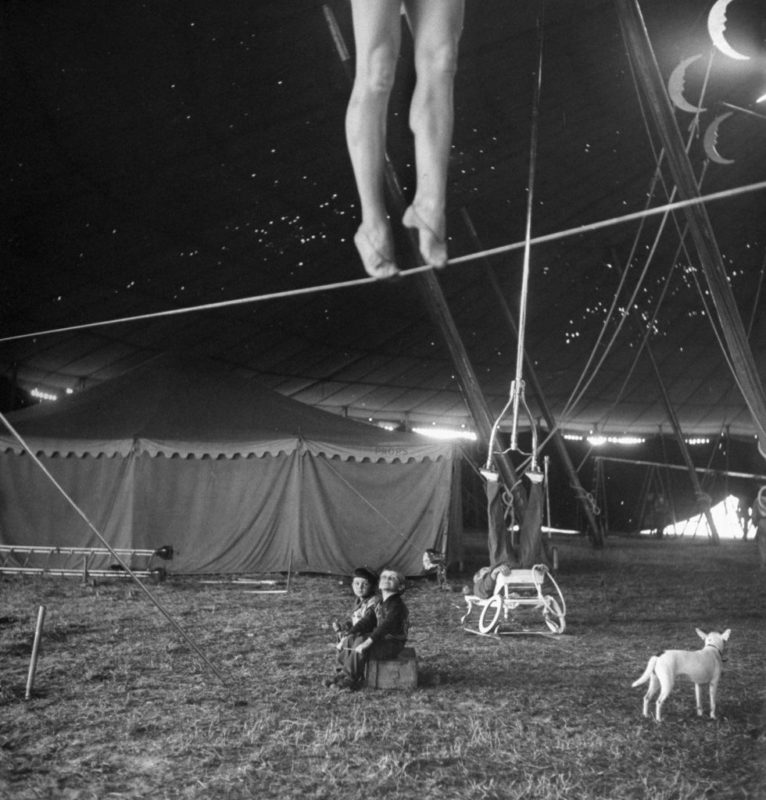PHOTOJOURNALISM

For years, humans have used the phrase “a picture can paint a thousand words”. That phrase alone can be an accurate way to define photojournalism. To me, photojournalism is the art form of depicting news and stories with the use of pictures, rather than just written text. It is one of the most sought after and one of the most difficult positions in journalism.
You see, everyone can pull out their phones or cameras to take a picture to post to a website, but it takes a special kind of skill to photograph news and connect with readers and viewers, respectively. During the heights of newspapers, photojournalists were everywhere and a highly sought-after position to obtain, but nowadays, photojournalism is even bigger than it was 40-50 years ago. The reason for this being that the use of media in journalism is in much more demand than it was when news was strictly newspaper based. Millions of websites, TV news and yes, even newspapers, use media to correspond with the news they are reporting to connect with the reader or viewer, respectively. Making a living in this profession certainly wouldn’t be easy with the vast amount of competition, but it is very doable and attainable for those with a passion for the work. One can start out as a freelance photojournalist, shooting for small publications, making their name and work heard around the industry. From there, bigger, and more world-renowned publications could come in with a contract offer and win your services bringing you the recognition, glitz, and glamor. Concerning well known and famous photojournalists from each era of photojournalism, my personal favorites include Nina Leen (1940s-1950s), Arthur Pollock (1970s-1980s) and Tim Hetherington (2000s-present). Each of them is well known, well recognized, and well respected in the realm of photojournalism.
One of the photos below is from Nina Leen who blazed the trail for women’s photojournalism in the 1940s. She specialized in entertainment photography and became well known due to her work in LIFE magazine. I enjoy the photo because the focus is on the children watching the trapeze artist rather than the trapeze artist, herself. The decisive moment in Leen’s photo is the astonishment on the children’s faces who are mesmerized at the tightrope walking, and the shot was taken with incredible timing. While finding a similar shot, personally, would not be difficult, the difficult part would be getting the isolated spectators and timing the shot to perfection.
The next photo placed below is from Arthur Pollock, and it is an image I fell in love with immediately. It depicts a man putting out a fire with a hose amid the destruction of the building. The timing, the decisive moment with the water spewing from the hose and smoke in the background, and the rubble beneath his feet are what I would call a “money shot”. Recreating a photo like this would be near impossible. Even if I were to find a fire and a man putting it out by himself as done above, getting the same shot as Pollock comes with zero to slim chances.
The final image below is from modern day war photographer, Tim Hetherington. The photo depicts two American servicemen playing Guitar Hero at their base overseas. The main reason I connect with the photograph is because it shows the servicemen passing the time playing a videogame I loved as a kid. Even while fighting for our freedom and risking their lives every day for our freedoms, they still love to kick-back and pass the time as we do in the comfort of our homes. Recreating a photograph like this would be near impossible to do as well since Hetherington took the initial photograph in harms away in a foreign country. Truly, fantastic photojournalism.
In order to be successful in this realm, one must always remember the ethics of photojournalism which separate the pack within the profession. NEVER manipulate images. NEVER stage or construct your images. NEVER steal someone else’s work. By avoiding those “no-no’s” you can build a strong foundation for yourself and constantly improve your craft. This would ensure your utmost success. Photojournalism is an artform that has to be treated with hard work, respect, and dedication. By dedicating yourself to the craft, you can be successful in the artform.









